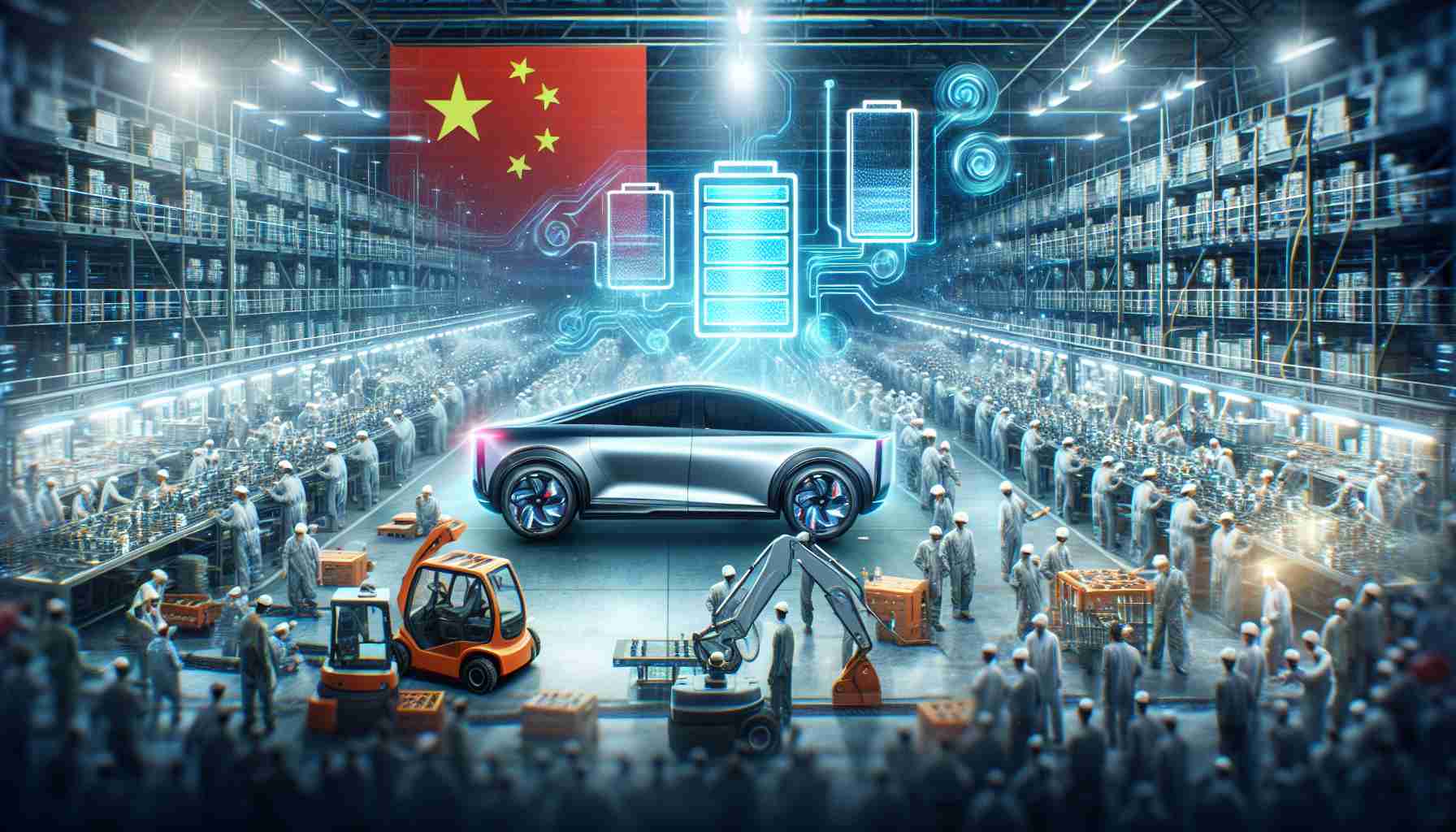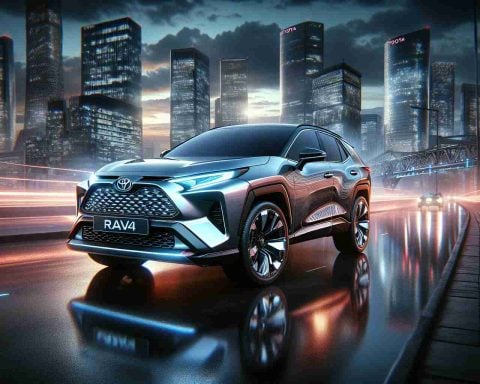- Ford’s CEO, Jim Farley, highlights China’s dominance in electric vehicle (EV) battery technology.
- To stay competitive, Ford must understand and utilize China’s battery intellectual property.
- The company is focusing on lithium iron phosphate (LFP) batteries, a technology perfected by Chinese manufacturers.
- BlueOval Battery Park will play a pivotal role in Ford’s battery production goals by 2026.
- China currently controls 83% of global lithium-ion battery production, emphasizing the competitive landscape.
- Ford aims to launch affordable EVs priced under $30,000 to challenge Chinese competitors.
- Collaboration and innovation are critical for Ford’s survival and success in the evolving automotive market.
In a race against time and technology, Ford’s CEO, Jim Farley, reveals that China is decades ahead in electric vehicle (EV) battery innovation. To compete with the rising tide of Chinese automakers, Ford needs to unlock the secrets of China’s battery intellectual property (IP).
Farley emphasizes that the key to turning the tables lies in leveraging China’s expertise in lithium iron phosphate (LFP) batteries—technology originally developed in the USA but now mastered by Chinese giants like CATL. As the global demand for EVs surges, the competition is intensifying, and Ford is feeling the heat.
The heart of Ford’s strategy is the ambitious BlueOval Battery Park, set to produce thousands of LFP batteries by 2026. This facility represents not just a manufacturing site, but a lifeline for Ford to regain its place in the EV landscape. Farley passionately asserts that this critical moment mirrors a historical shift when China once sought U.S. technology, now reversed.
Reflecting on the past, it’s hard to believe that cutting-edge technology slipped from American hands into those of a competitor, which now controls 83% of lithium-ion battery production globally. As Ford prepares to launch affordable EVs under $30,000 to combat Chinese rivals, the stakes are higher than ever.
The central message? Collaboration and innovation are essential for survival in this new automotive era. Ford’s upcoming strategies may very well redefine its future, proving that sometimes, embracing your competition can lead to victory.
Can Ford Turn the Tide in the EV Market Against China?
The Challenge of Competing with China in EV Technology
In the fast-evolving electric vehicle (EV) landscape, Ford finds itself challenged by China’s significant advancements, particularly in battery technology. As of now, Chinese companies like CATL lead global lithium-ion battery production, controlling roughly 83% of the market. This technological edge presents a formidable challenge for Ford as it aims to reclaim its position as a leader in the automotive industry.
Key Trends and Innovations in EV Battery Technology
Recent developments indicate that the EV battery market is rapidly evolving. Some notable trends include:
– Rise of Lithium Iron Phosphate (LFP): Ford is focusing on LFP battery technology due to its safety, cost-effectiveness, and long cycle life. These batteries are gaining traction as an alternative to more expensive nickel and cobalt-based batteries.
– Solid-State Batteries: Companies are investing in solid-state battery technology, which promises higher energy densities and improved safety profiles over conventional lithium-ion batteries. This innovation could shift the competitive dynamics of the EV market.
– Recycling and Sustainability: There is an increasing emphasis on sustainable practices in battery production, including recycling existing batteries and sourcing materials responsibly. Ford’s development strategies will likely incorporate sustainable practices to gain consumer trust.
Strategic Responses from Ford
– BlueOval Battery Park: Ford’s ambitious infrastructure initiative, designed to produce thousands of LFP batteries by 2026, represents a key part of its strategy to localize production and reduce reliance on foreign technology.
– Partnerships and Collaborations: Ford is actively seeking partnerships with technology firms and universities to innovate its battery technology and improve its competitive stance against Chinese manufacturers.
Use Cases and Limitations
The focus on LFP batteries could see Ford catering to budget-conscious consumers with affordable models priced around $30,000. However, limitations arise in terms of energy density compared to other battery chemistries, which may impact range. As such, Ford must balance cost, performance, and consumer expectations.
Most Important Questions Related to Ford’s EV Strategy
1. How is Ford planning to overcome its technological gap in EV batteries?
– Ford is investing in local production facilities like the BlueOval Battery Park and focusing on LFP technology. Additionally, it aims to leverage strategic partnerships to enhance its battery innovation capabilities.
2. What are the prospects for the future of EV technology in the U.S. compared to China?
– While the current landscape favors Chinese manufacturers, ongoing investments in research and development in the U.S., coupled with consumer demand for domestic EVs, could help close the technological divide in the coming years.
3. What role does sustainability play in Ford’s strategy moving forward?
– Sustainability is increasingly becoming a central tenet of Ford’s strategy, emphasizing responsible sourcing, recycling of batteries, and reducing the carbon footprint throughout the production process.
For more insights on Ford’s EV strategies and innovations, visit Ford Website.













